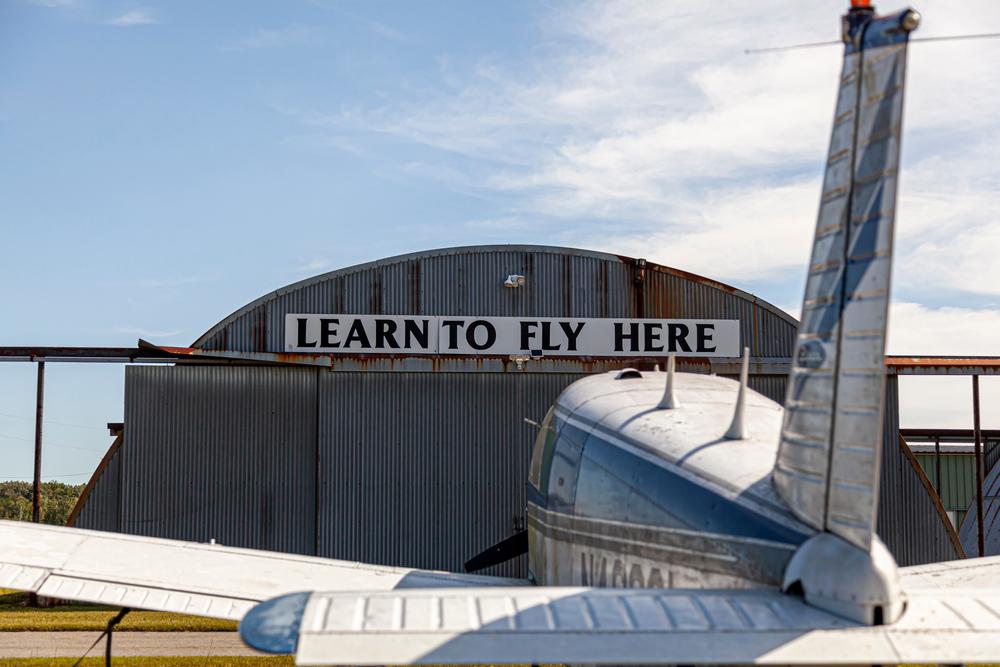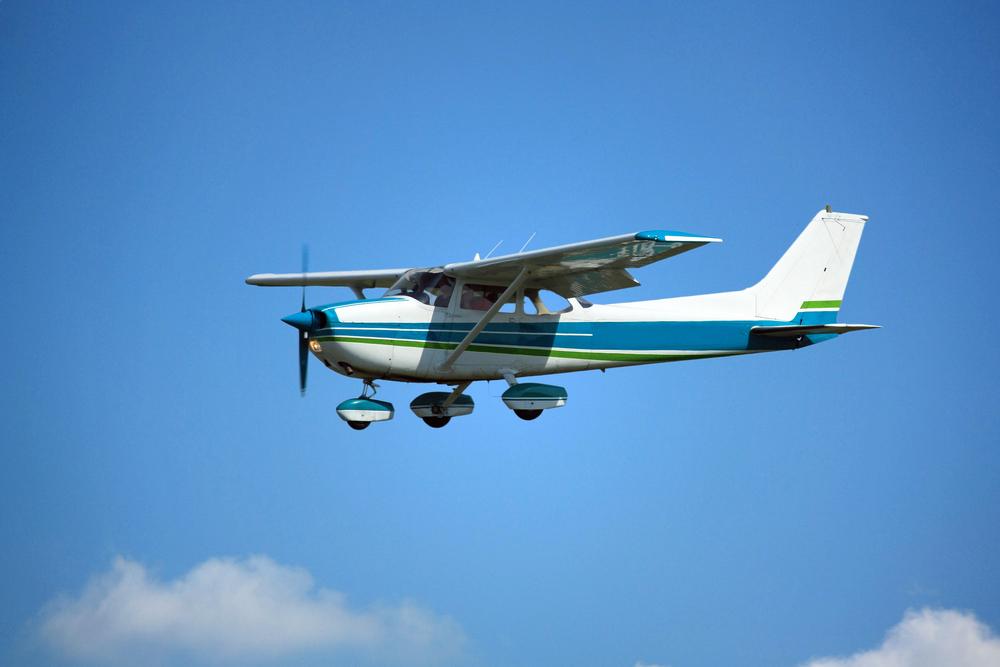Here’s a scenario we’ve all experienced: While sitting in a traffic jam, a small plane passes overhead. Watching it make its way, presumably in a straight line to its destination, not tethered to roadways, it’s easy to wonder what it would be like to be at the wheel, watching the world pass by from above. How hard could it be to fly along on a clear, cloudless day? Most pilots will say flying is pretty easy, but they'll be quick to tell you the tricky part is landing.

Earning a pilot's license requires significant commitment and provides a great sense of accomplishment. grandbrothers/Shutterstock






